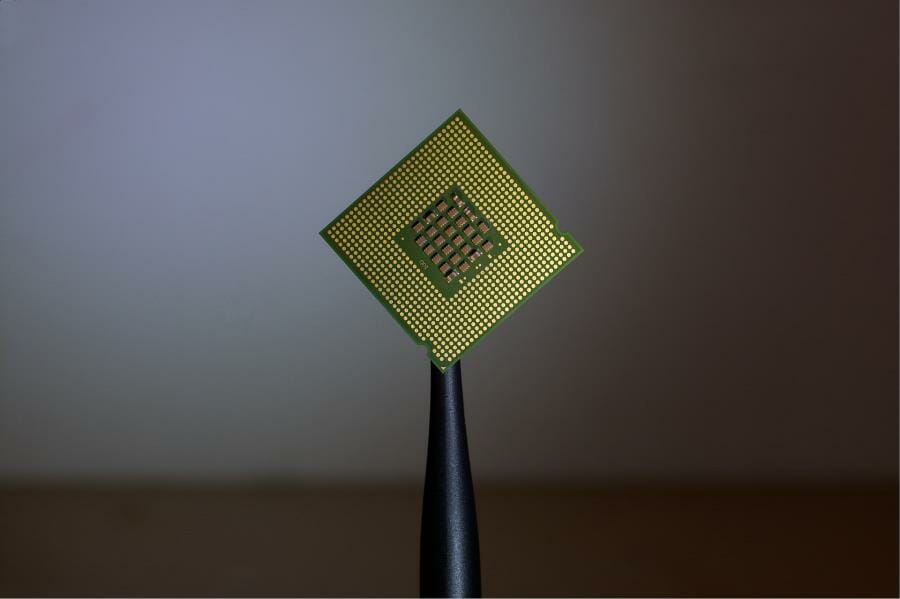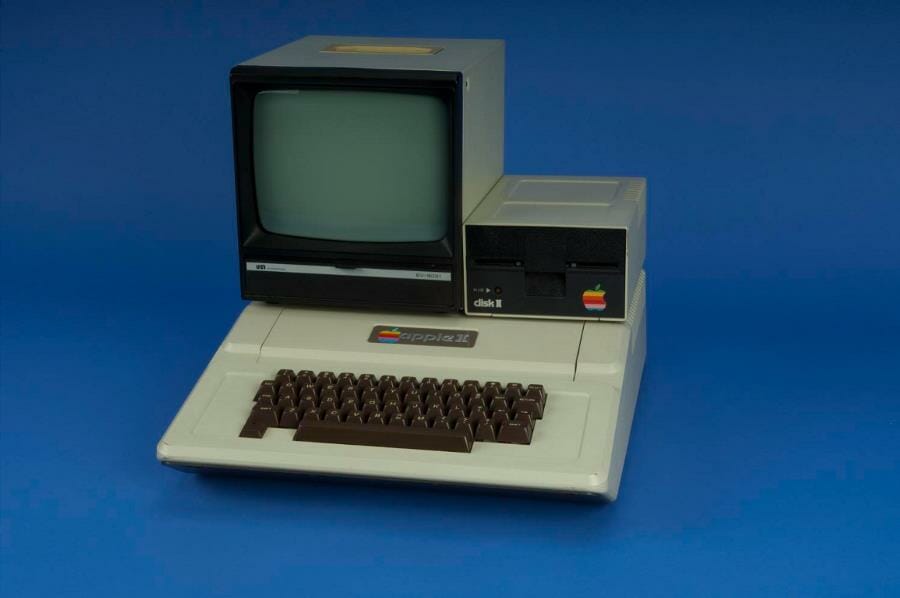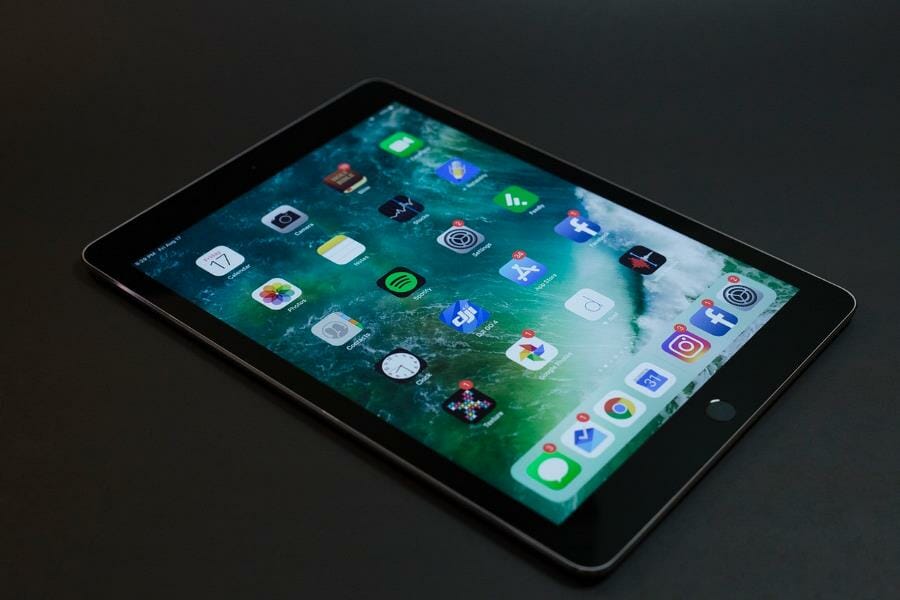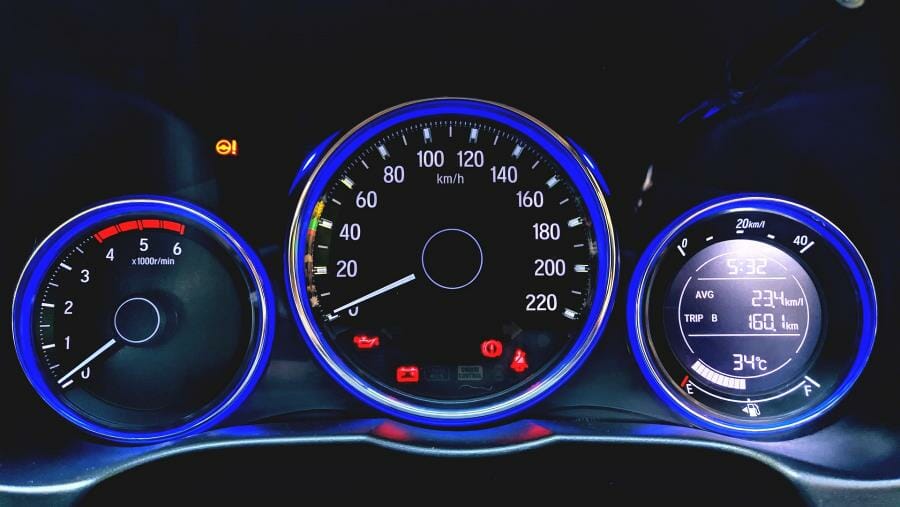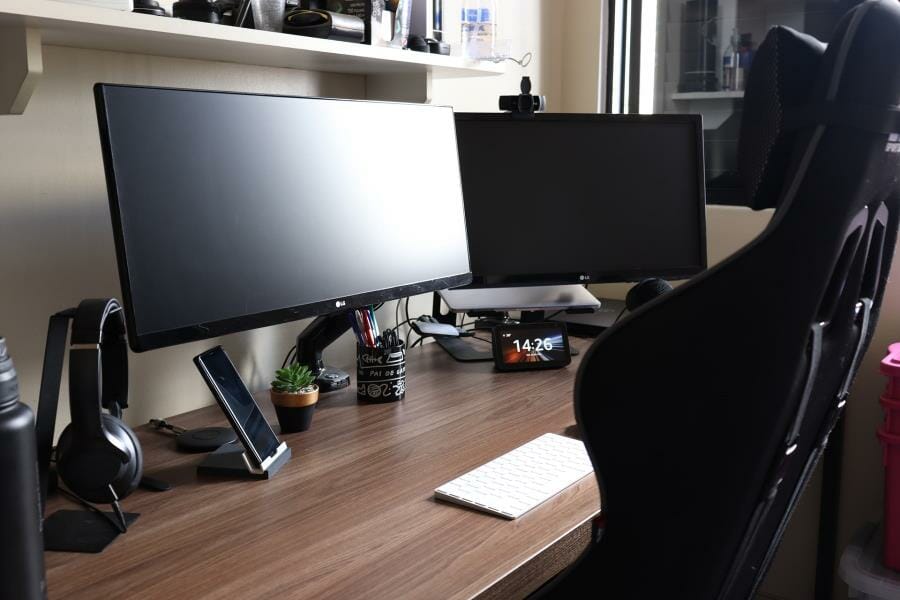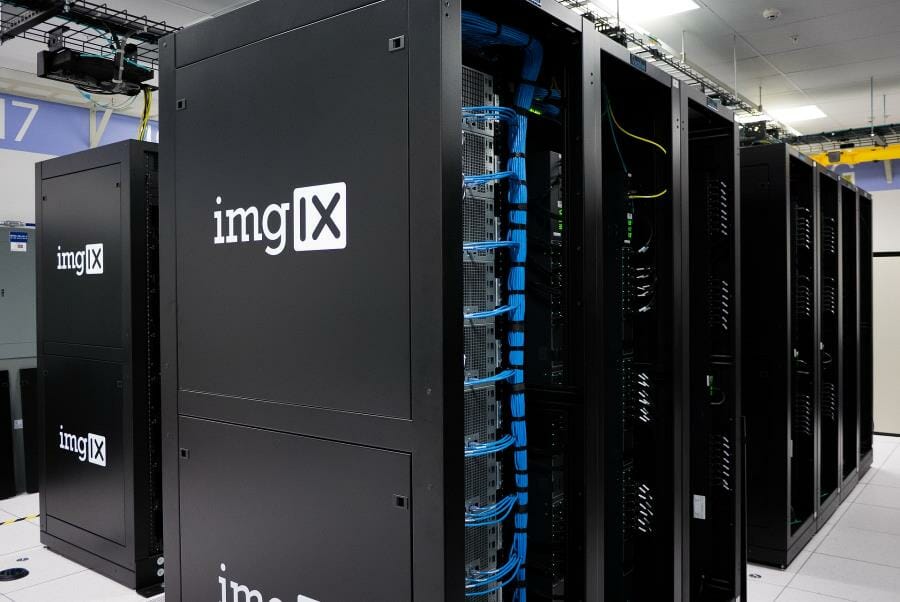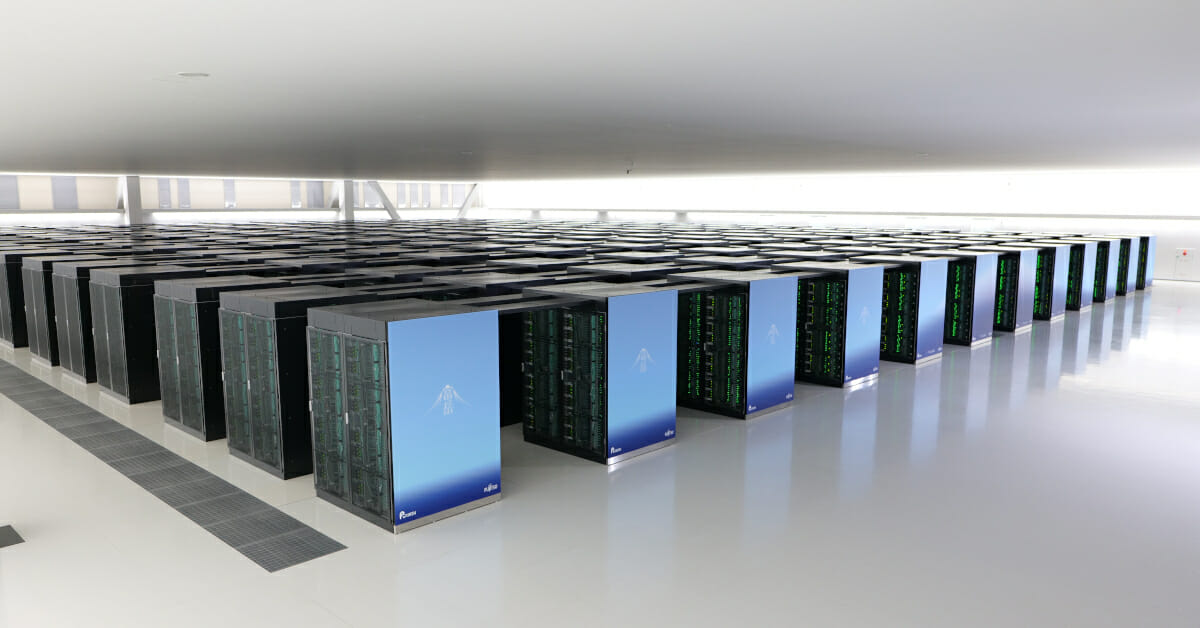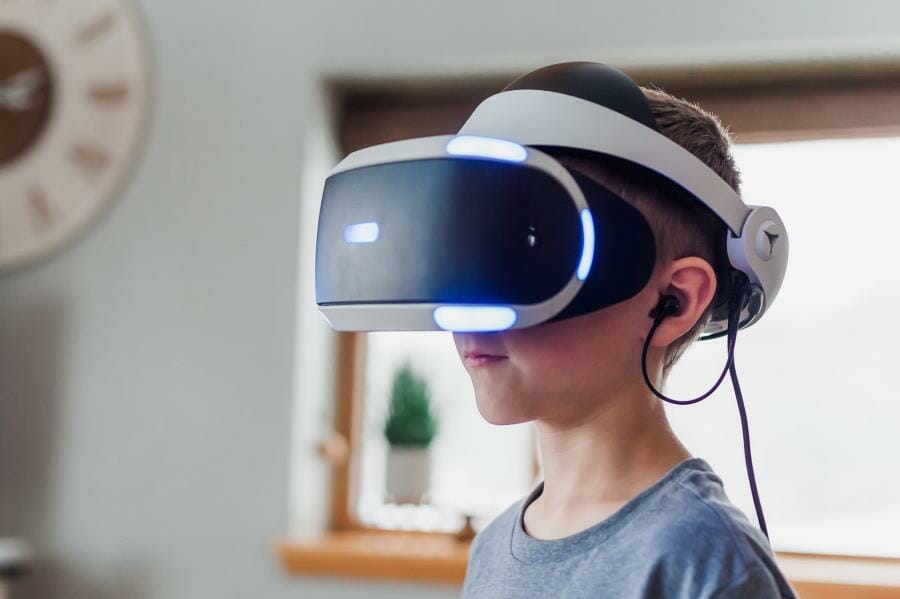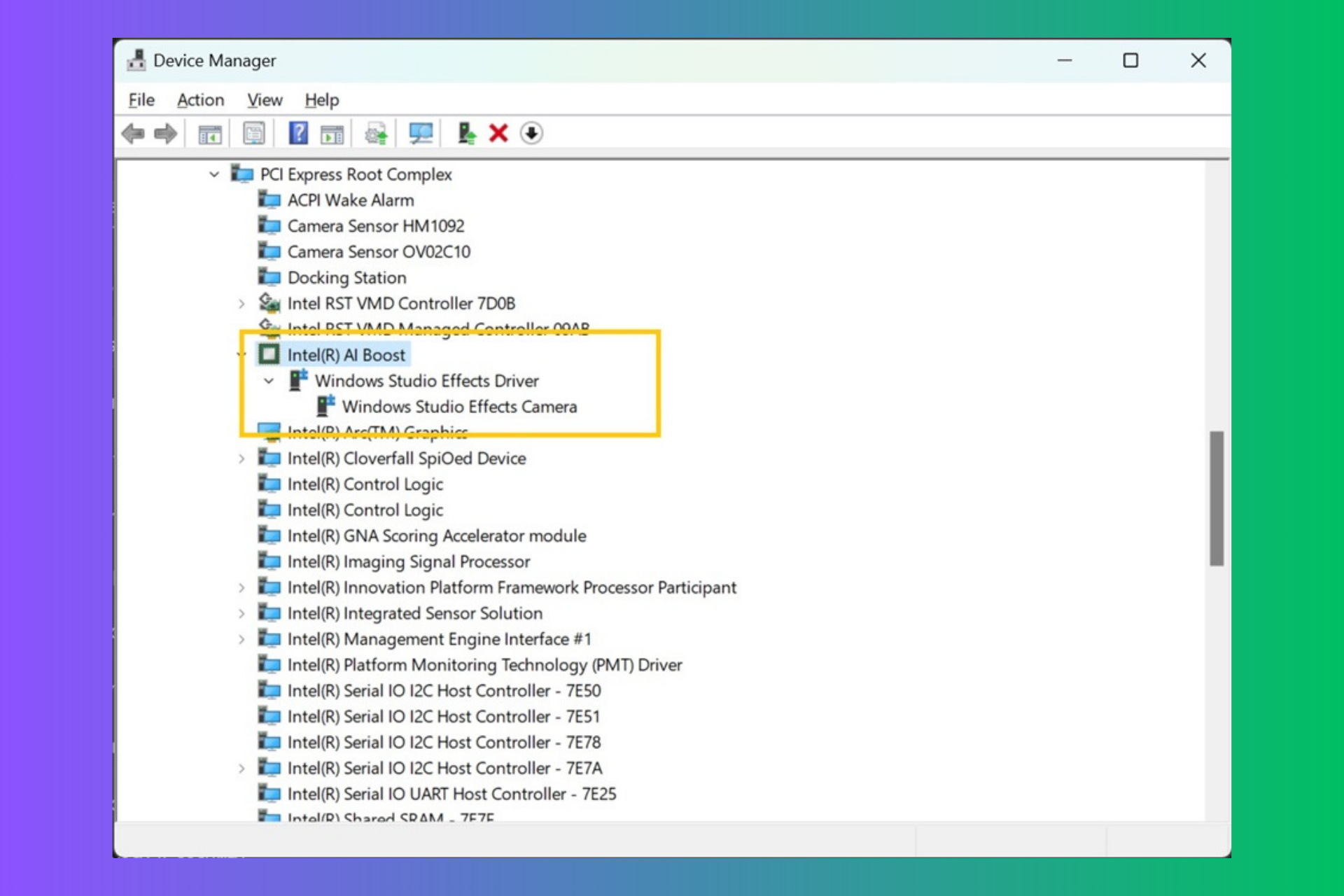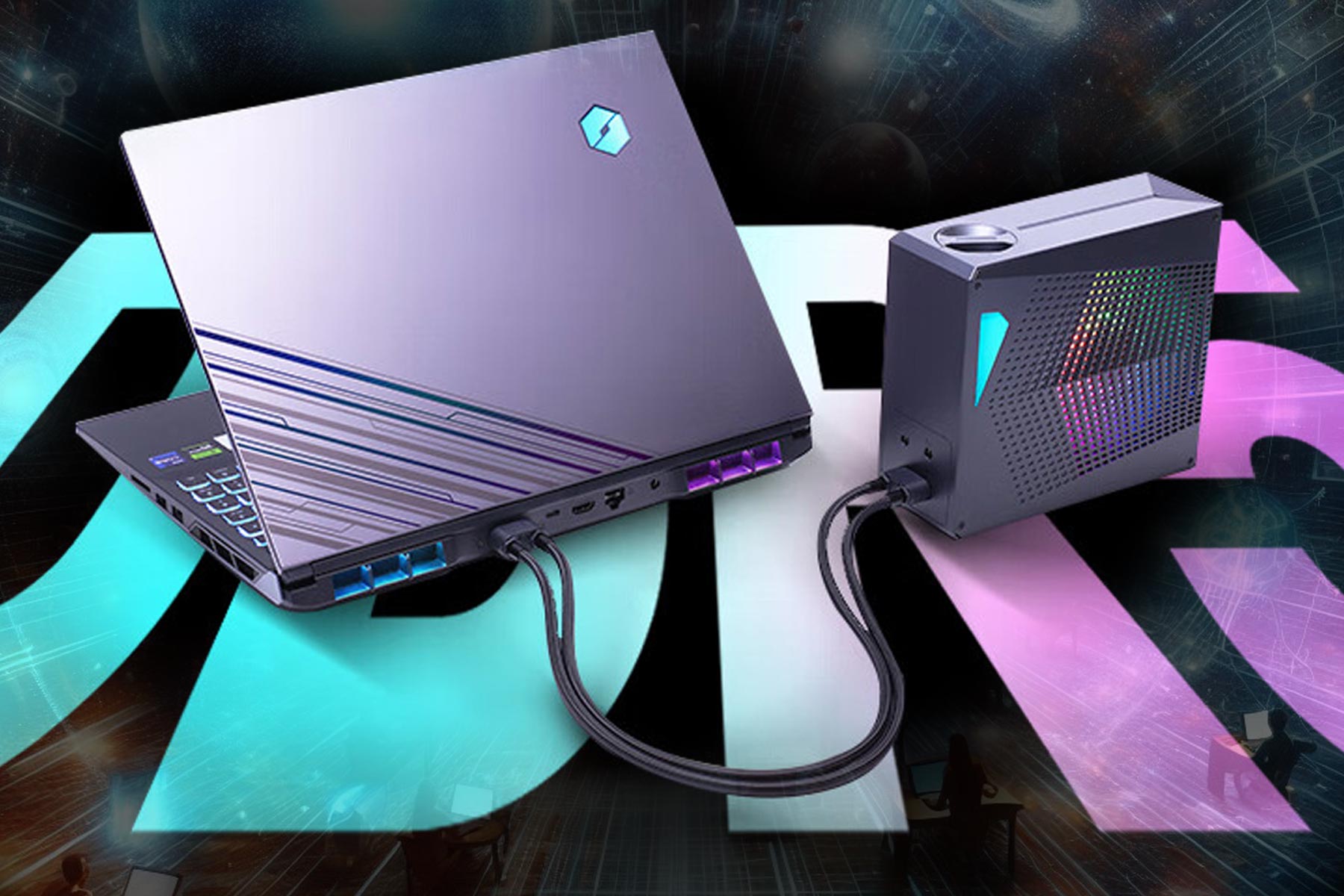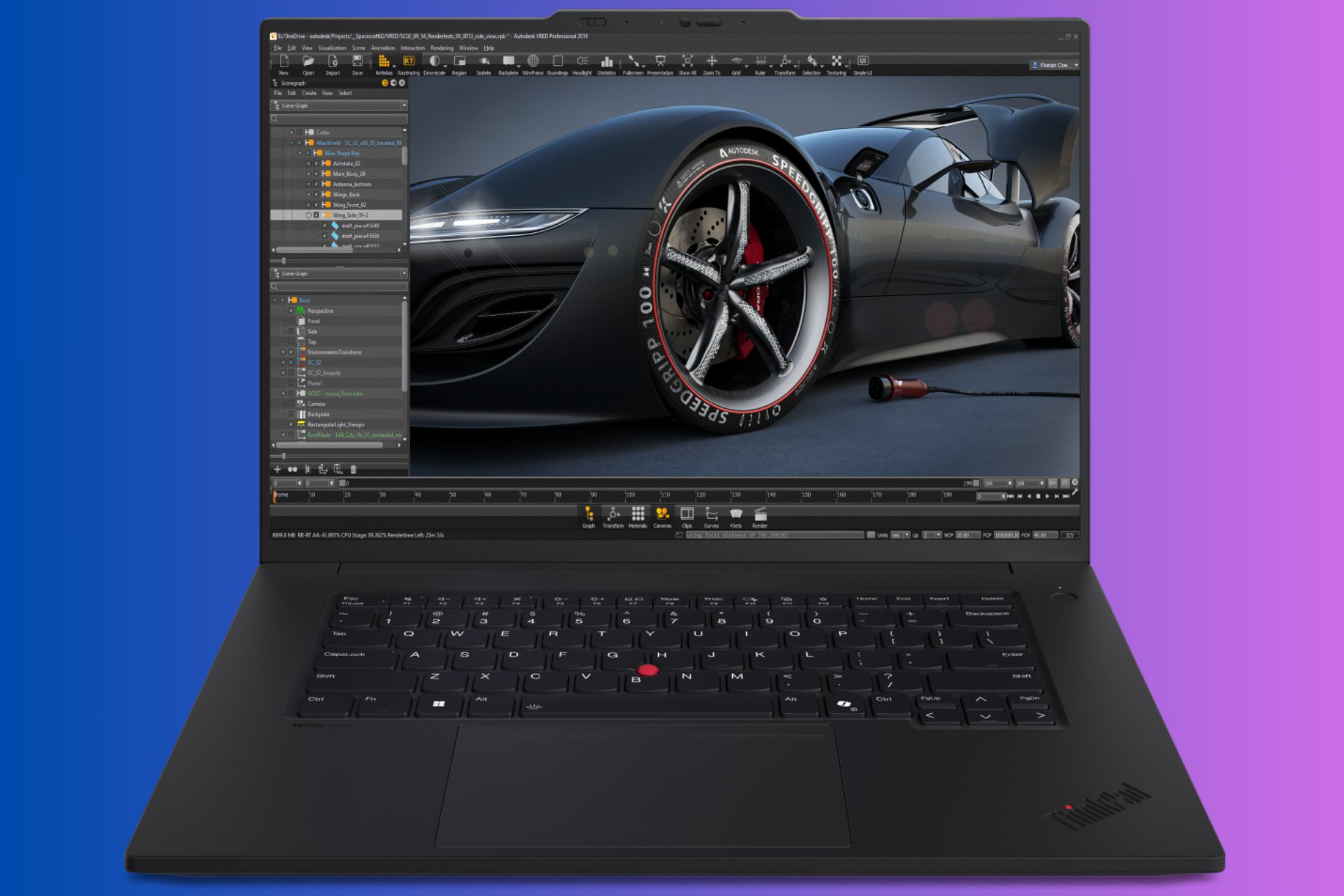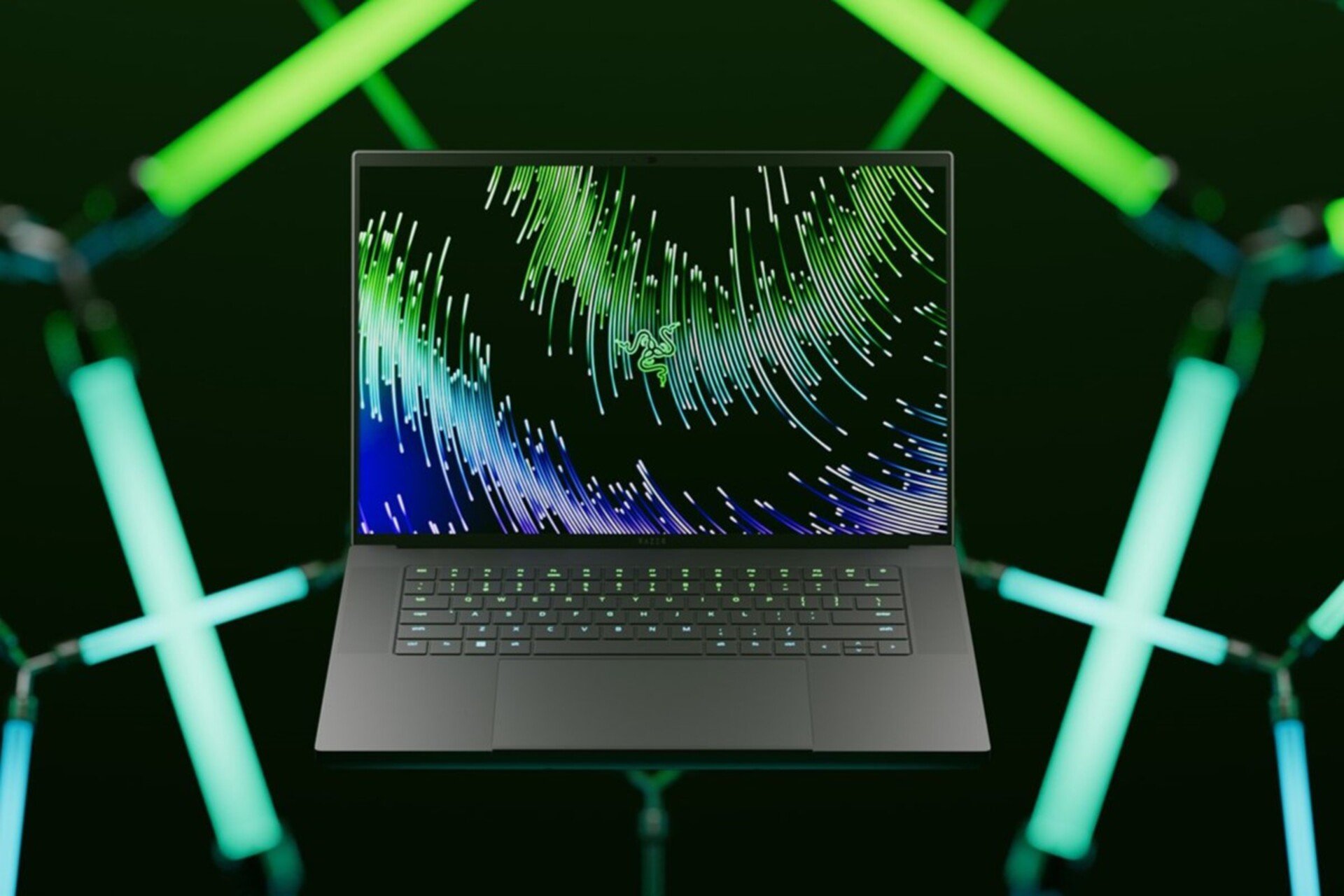How Many Computers Are In The World? [Up-to-Date Stats]
After a slowdown, the PC market is expected to grow in the future
16 min. read
Updated on
Read our disclosure page to find out how can you help Windows Report sustain the editorial team Read more
Key notes
- With how standard computers are nowadays, you may wonder how many of them are in the world.
- This resource guide will answer that question and provide other great tidbits of information.
- You'll get a brief history of computers and learn how many users are worldwide.
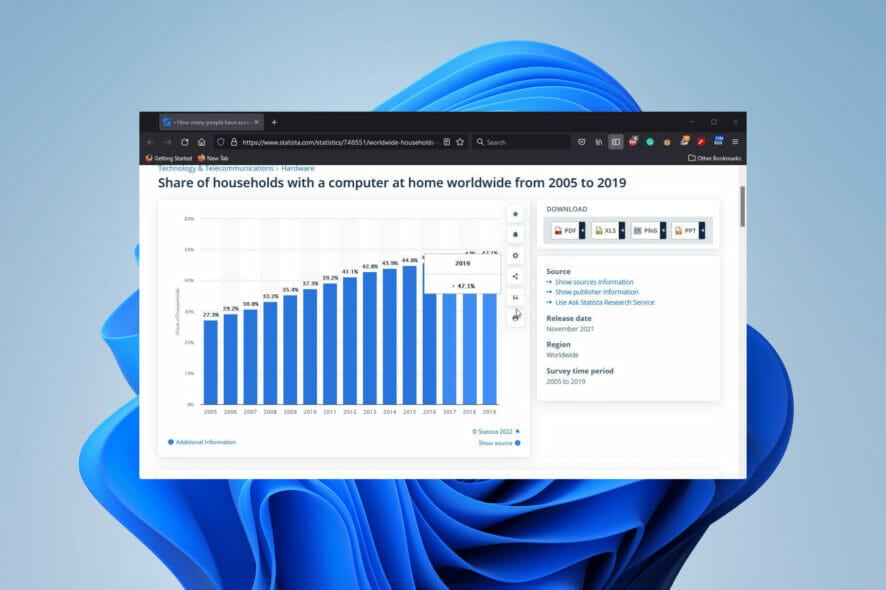
It isn’t easy to imagine a modern-day world without computers. But unfortunately, society has become so indebted to these machines that we are constantly afraid of computers suddenly failing. Because of this fear, we’re fiercely protective of them.
How often have you looked for ways to fix your phone after being damaged? Or how about the sense of rage when your computer runs slow? People have grown so emotionally attached.
With how much we depend on these devices, one can’t help but wonder just how many computers there are in the world? There could be millions, if not billions, of computers worldwide, and that’s what this resource guide aims to answer.
This resource guide will answer just how computers are in the world, give some other helpful tidbits of information, and ponder what the future will hold.
Computer history: a short timeline
Before we answer the main question, it would be a good idea to give a brief overview of computer history. But first, what is a computer? People use them daily but most probably can’t answer what they are.
A computer is a machine that processes information according to a set of instructions. With that concept in mind, you can argue that old abacuses from ancient times. They were used for calculating mathematics.
Then there were analog computers that processed information using some physical properties, like the weight of an input, temperature, and other forms of pressure.
But of course, the first thing that comes to mind when you hear ‘computer’ is programmable, digital computers. The first of this kind of machine is ENIAC or Electronic Numerical Integrator and Computer, built in 1945.
ENIAC was massive. It took up the 50-foot by 30-foot basement of the Moore School of Electrical Engineering at the University of Pennsylvania.
According to Encyclopedia Britannica, its purpose was to calculate firing tables for artillery as ENIAC was built in the middle of World War II. Back then, the keyboard wasn’t invented, so it took instructions via plugboards.
So you have a giant machine with wires coming out every which way that you would have to take out and plug into another hole to tell ENIAC what to do. For the time being, it was incredibly fast, especially when other devices required paper cards.
If you had to enter a new problem, you’d have to rewire the entire thing. Plus, ENIAC was never turned off and generated immense heat, so it required its air conditioning system.
Adjusting for inflation, it cost the United State Government well over $6 million to construct and used its calculations to build the first hydrogen bomb.
After the war ended, people began to refine computers and make them much more manageable. The first transistors were invented in the early 1950s to replace the giant tubes that old computers such as ENIAC had.
Now there were tiny switches in computers that controlled electrical signals. Things proceeded to get smaller with the invention of the integrated circuit, or microchips as they were later called, in the 1950s.
Then those microchips proceed to get smaller and more potent with the creation of silicon semiconductors and microprocessors. Eventually, room-size computers become small enough to put into your home.
The world sees the creation of PCs, and some of the biggest computer companies come from this brief period. Companies like Commodore and Apple come out with their earliest machines, like the Apple II.
Then there’s a shift with portability being a primary focus. The first laptops came out in the 1980s, putting batteries into computers so people could take them anywhere.
Although, those old laptops had very tiny screens compared to today. New condensing tech advancements make computers more efficient and even smaller.
Those powerful microchips move on to the telephone to become the first iPhone and Android devices in the early 2000s. Tablets soon came after and, alongside smartphones, became the most dominant computing device in the world.
Microchips undergo another significant change with SoCs (system on a chip) that put most, in some cases, of the most critical parts of a computer into something barely more significant than a coin.
Modern computers have drastically evolved and changed so much in one century than most other inventions in the past.
How many types of computers are there?
It all depends on how you classify a computer and define precisely what it is. Many different types of computers do things vastly and come in various sizes.
There are two main classes of computers: one is based on application, and the other is on size. Of course, there is some overlap between the two classes, but that’s pretty much the basics.
The first classification, as an Application, can be thought of as what a computer can do and how they work. There are types under this class: analog, digital, and hybrid.
Analog computers are a strange bunch because, on the surface, they don’t look like computers. As briefly mentioned, analog computers work on physical inputs – things that can be measured, not numbers.
This includes voltmeters, thermometers, the speedometer on your car, and even the analog clock you see in schools. Analog computers take information from the world and show that data in a way people can understand.
You know how fast your car goes by looking at the speedometer or how bad your fever is with a thermometer. Digital computers are what most people think of. PCs, Macs, laptops, Chromebooks, smartphones, all these are digital computers.
They work on data usually expressed in binary code or letters and then process that information at high speed. Hybrid computers, as the name suggests, combine the two.
These machines take information from the outside world and digitize it into code that a computer can read to turn into a legible form. Think of a gas pump, for example.
It measures the quantity of gasoline left in a pump and feeds that information to the people inside. Various medical devices are also hybrid computers.
A heart monitor measures the patient’s heartbeat and displays that data on its screen. X-ray machines scan a person’s body and digitize what it sees on a computer screen.
The other classification is based on size. For this class, all the machines are considered to be digital computers.
The bigger the computer in this class is, the more it can do. There are five types: PCs, Workstations, Minicomputers, Mainframe, and Supercomputers.
Personal computers are exactly what you think it is; machines that do a general-purpose job are explicitly designed to be used by one person. Construction is simple too.
You have a CPU, memory hardware, input via keyboard and mouse, and outputs from a screen or speakers: Macs, desktops, video game consoles, tablets, and more. Almost everyone has one in their pocket in the form of a smartphone.
Next are Workstations, computers built with a specific purpose, usually technical or scientific. Think of something like video game development or engineering, which is pretty powerful.
Workstations are usually better performing than PCs, but that line is often blurred with so many powerful consumer-level parts. Still, however, these machines have lightning-fast CPUs and SSDs with a ton of space on them.
In animation, they may be used to render a movie overnight or for data analysis in other industries. Then there are minicomputers, which have an admittedly confusing name.
Don’t confuse minicomputers with PCs, as they are entirely different things. They’re more like small servers. Minicomputers have all of the features that a giant mainframe would have but on a smaller scale.
These machines are a type of multi-user computer that a business may use for inventory management or accounting. For example, you may see minicomputers supporting up to 200 users simultaneously and doing the calculations for all these people.
Compared to mainframe computers, minicomputers are much slower, with lower processing power and less storage space, which is fine if they don’t have to handle a lot of information simultaneously.
These machines are great for small businesses, but if you’re a large company like Google, you will need something much bigger and more powerful. And those are mainframe computers.
Mainframe computers are those big towers with racks in a giant room at a data center. These machines are made up of smaller computers that can perform as servers for a video, for example.
If you play a game like World of Warcraft, this is what you’re connecting to. However, don’t misunderstand and assume that mainframe computers are only for video games. They have a lot of usage.
Telecommunication companies or banking institutions use mainframes to process a massive amount of data quickly. And you better believe these gigantic machines are expensive to build and maintain.
Mainframes have fantastic performance and an enormous amount of storage inside of them. Because these machines are crucial to a business function, they last a long time. Planned obsolescence is not a thing with them.
And as you can imagine, these types of computers aren’t meant for everyday consumers, not that they would be able to use them anyway. Speaking of which, the final computer type is the world-famous supercomputer.
Supercomputers are those giant towers of multiple systems working together for a singular purpose. They’re the fastest processing power, designed to handle trillions of data in a few seconds.
Computers are used to analyze data from space probes or make weather forecasts. In addition, governments worldwide use these behemoths to help in nuclear research and for their spy agencies to break down data.
Machines of this magnitude are costly, with the low end being several thousand of dollars. But it’s not unheard of to learn about supercomputers costing many millions of dollars. Governments are more than willing to foot the bill.
The data obtained from this is invaluable. The world’s fastest supercomputer changes almost yearly, as even the slightest tweaks can make a massive difference.
The current fastest is the Supercomputer Fugaku at the RIKEN Center for Computational Science located in Kobe, Japan. It has over seven million processing cores and over five million GB of memory.
The Japanese government paid around $1 billion to build the Fugaku. It’s a marvel of human engineering.
How many computers are sold each year?
Computer sales fluctuate yearly due to various circumstances, and to keep things simple, this section will be using shipping information from the IDC or the International Data Corporation.
The IDC is significant market research, tech analysis, and consulting firm for the technology industry. They provide information from around the world to help IT professionals and corporations make technological decisions.
The IDC is one of the best sources for sales figures, so they’ll be referred to. And there will be two separate sections: one on traditional computers and the other on smartphones.
In 2022 there were 286.2 million units shipped, a 16.2 percent decrease. This can be attributed to the global recession, increased inflation, and high interested rates.
The pandemic is another factor, and many users purchased new PCs during it, so there was no incentive for them to purchase a new computer after it.
As for the most sold brands, almost all brands shipped fewer units than the previous year, except for Apple, which got a small increase.
On top of the list is Lenovo, with 68 million shipped units in 2022, however with a 16.9% decrease compared to the previous year.
Next is HP, with 55.3 million units and a surprising 25.3% drop in sales. Dell shipped 49.8 million units worldwide which is 16.1% less than the previous year.
Apple sold 28.6 million units, and it shipped 2.5% compared to the previous year. Next, there’s ASUS, with 20.6 million units and a drop of 5.7%. Lastly, there’s Acer, with 18.7 million devices sold and a 22.9% decrease in sales.
As for other brands, their combined sales are around 70.1 million, 17.8% less than the previous year.
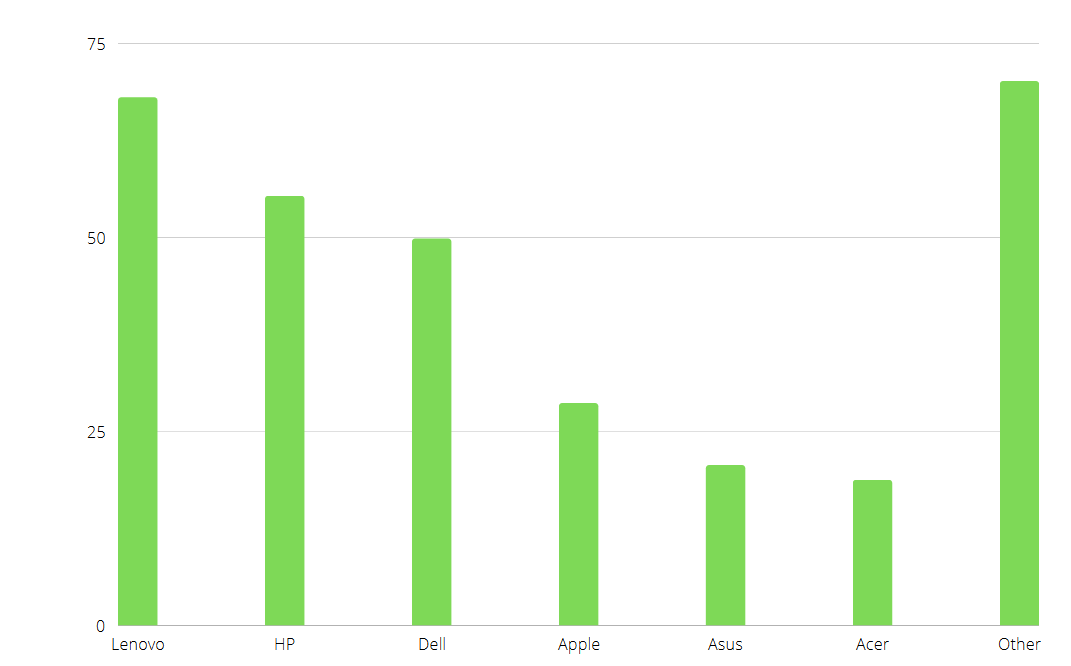
As for the smartphone market, the number of shipments looks slightly different according to IDC.
Samsung sold 260.9 million units, currently holding 21.6% of the market. This is a 4.1% drop in sales from the previous year.
Next is Apple, with 226.4 million units sold and a 4.0% decrease in sales. As for market share, Apple holds about 18.8%.
Xiaomi shipped 153.1 million units, and it has suffered a 19.8 decrease in sales. However, the brand still holds 12.7% of the market.
Next is OPPO, with 103.3 million shipped devices. That’s 22.7% less than the previous year, but OPPO holds 8.6% of the market despite the lower sales.
Lastly, there’s Vivo, with 99.0 million units sold in 2022. The company achieved 22.8% fewer sales than in the previous year, and it still holds 8.2% of the market.
As for other brands combined, they sold 362.7 million units which is 9.1% less than in 2021. Currently, other brands hold 30.1% of the market.

How many computers are there worldwide?
Over two billion as of 2007. This number is provided by Worldometer, a real-time statistic website that includes information on various topics, like economics and media.
And this information has been collected from the IDC and other research organizations like Forrester Research and Gartner Dataquest. Forrester states that most of the two billion computers are being actively used.
Remember that this number has drastically increased over the years, and it’s impossible to give a correct estimate.
According to the predictions, the global shipments of PCs and tablets will be around 403.1 million units in 2023. This is a significant drop from December 2022, which estimated the shipment of 429.5 million units.
The reason for this is the declining demand and challenging macroeconomic conditions. This means that the shipping rate will be lower than in 2019; however, the recovery is expected in 2024.
This coincides with the release of Windows 11 and the end of support for Windows 10, so it’s likely to see more shipments as users upgrade their hardware for the new operating system.
Do keep in mind that this estimate involves only personal computers and not servers, workstations, etc.
Now, if you take mobile device users, that number jumps dramatically. According to information collected by BankMyCell, there are 7.26 billion mobile phone users worldwide, or 91.54 percent of the global population.
This includes both smartphones and regular mobile phones. Of the two types, there are more smartphones with 6.64 billion users.
It’s estimated that the number of mobile phones will increase to 7.33 billion, while the number of smartphones will go up to 6.92 billion in 2023.
What percentage of the world has computers?
The number of users depends on what is considered a user, so it’s not easy to determine how many computer users are in the world. Owning a computer may not make you a user if you aren’t connected to the Internet. It’s entirely possible that someone could own a computer and never connect to the internet.
They could use it to run calculations. Supercomputers aren’t connected to the internet of things, so would the people who run them be considered users? Again, it depends on your look at things.
Statista revealed how many households worldwide have a computer at home, and it’s about half of the global population at 47.1 percent. People in developed countries are likelier to have not than those in still developing countries.
But that still doesn’t the question of who is using these computers. After all, you can have a computer and never use it. The best metric to decide who can be considered a user has an internet connection.
Using this metric, there are 5.16 billion Internet users worldwide, making up around 64.4 percent of the global population. This finding comes from DataReportal, a website similar to Worldometer in that it tracks global trends.
DataReportal also reveals some interesting tidbits, like the fact that the average user spends around seven hours using the internet, and the number of people on there is steadily growing.
From 2022 to 2023, the total Internet users increased by 100 million. This is a grow just under 2% making it a bit slower compared to the few years prior.
It really cannot be understated how the advent of smartphones and mobility changed the game’s name. Those high numbers have only been possible thanks to mobile devices.
What will computers be like in the future?
It’s difficult to say what computers will be like in the future, but there are clues. The biggest one, of course, is the ever-increasing push toward making stronger and faster mobile devices for consumers.
There may also be a stronger emphasis on wearable computers. Headsets and virtual reality devices are improving yearly as tech companies work out the kinks.
Imagine a world where you see real-time information displayed in front of you. Google did something similar with its Glasses device from years back, but now imagine not needing a pair of those glasses.
Wearable computers can be helpful in an assembly line or for maintenance specialists as they can keep their full attention on the task and still access important information.
Smartphones will still be a thing but will have better processing. If anything, mobile devices will become further integrated. Augmented reality is the wave of the future.
Supercomputers will reach new heights as well. There are still many mysteries about space and the problems plaguing the health of humanity that need to be solved. With improved quantum computing, scientists might discover a new medical field.
If not a new scientific field, quantum computing may discover a new drug or better predict natural disasters. Or perhaps the field of artificial intelligence will continue massive growth.
What if the world could have an AI straight from a science fiction movie? Inklings of this exist in Siri and Cortana, who is named after the AI character from the Halo video game series.
It may seem farfetched, but many things do at first glance. But that doesn’t mean classical computers like desktops will go away. In a world with so many digital communication methods, pen and paper still exist.
Physical options will always have a place in the world. The future of computers will be exciting to see unfold. However, the increasing number of devices has also raised the number of electronic equipment discarded; check the latest e-waste statistics and the importance of proper disposal of a product.
Also, check the latest technology addiction statistics so that you know how important it is to use devices responsibly.


